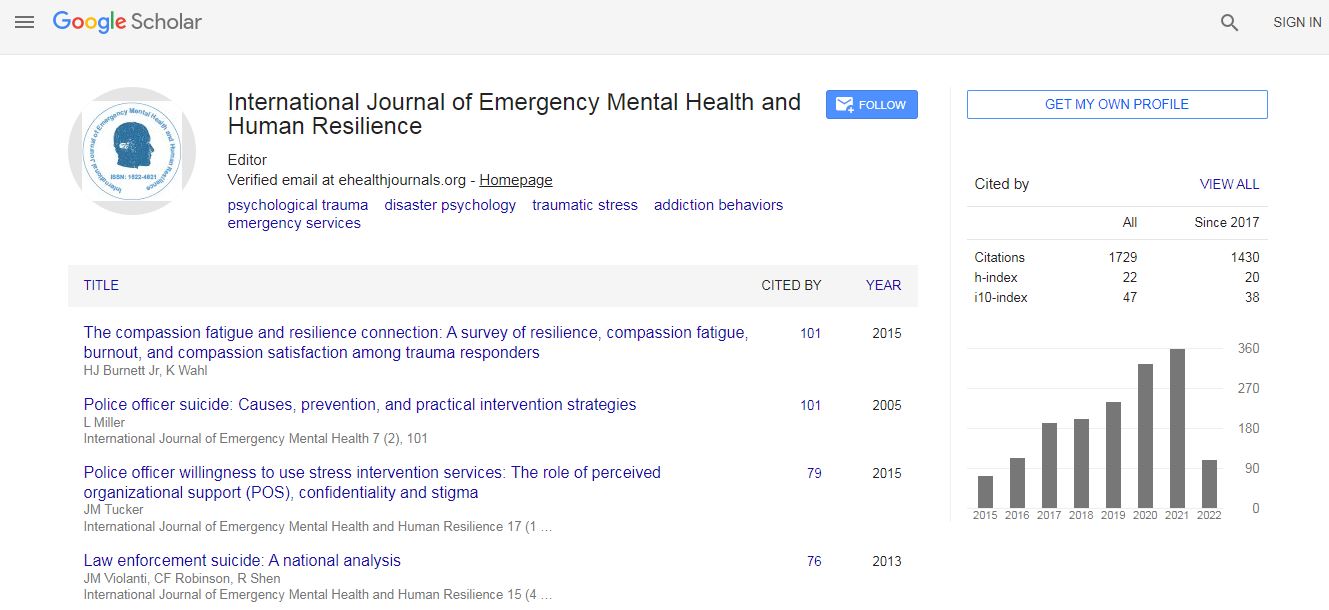Understanding and Preventing the Dynamics of Suicide: An Introduction to the Self Preservation Theory of Human Behavior
*Corresponding Author: Joseph S Hunter, Independent Mental Health and Addictions, Consultant and Educator, United States
Copyright: © 2020 . This is an open-access article distributed under the terms of the Creative Commons Attribution License, which permits unrestricted use, distribution, and reproduction in any medium, provided the original author and source are credited.
Abstract
The Self Preservation Theory of Human Behavior (SPT) posits that humans are predisposed to unconsciously need and seek out purpose in life within social contexts, and this drive is a holdover from when, in human evolution, social interdependence fostered group-goal oriented behavior and enabled a survival advantage. Until the profound neurological developments of humans in recent millennia of our evolution, social interdependence drove individuals to identify and employ their unique strengths in ways that had tangible benefits for their social groups of connection, and when this contribution was valued and welcomed, an individual’s lifepurpose was determined and social-group inclusion and all the advantages of such inclusion resulted. Referred to as the “existential preservation dynamic,” an individual’s orientation to his/her social groups of connection can be distilled down to four key attributes: to be socially engaged, to be an agent of change, to offer unique contribution, and to have the experience of being valued. SPT purports that suicide vulnerability has its foundation in the perception and often the reality of the breakdown of these social connection attributes. Specifically, the suicidal individual perceives himself or herself as socially disconnected and alienated (rather than socially engaged), ineffectual or useless (rather than an agent of change), without value or even burdensome to others (rather than offering a unique contribution), and/or unappreciated or unloved (rather than having an experience of being valued). SPT asserts that these underlying vulnerabilities also magnify several other dynamics of suicide crises, including elevated sensitivity and reactivity to life stressors, reduced coping capacities, and a premature readiness for death. Based on the tenants of SPT, new guidance is offered on how to screen for and assess suicide risk, as well as how to provide treatment that minimizes risk and amplifies the will to live

 Spanish
Spanish  Chinese
Chinese  Russian
Russian  German
German  French
French  Japanese
Japanese  Portuguese
Portuguese  Hindi
Hindi 